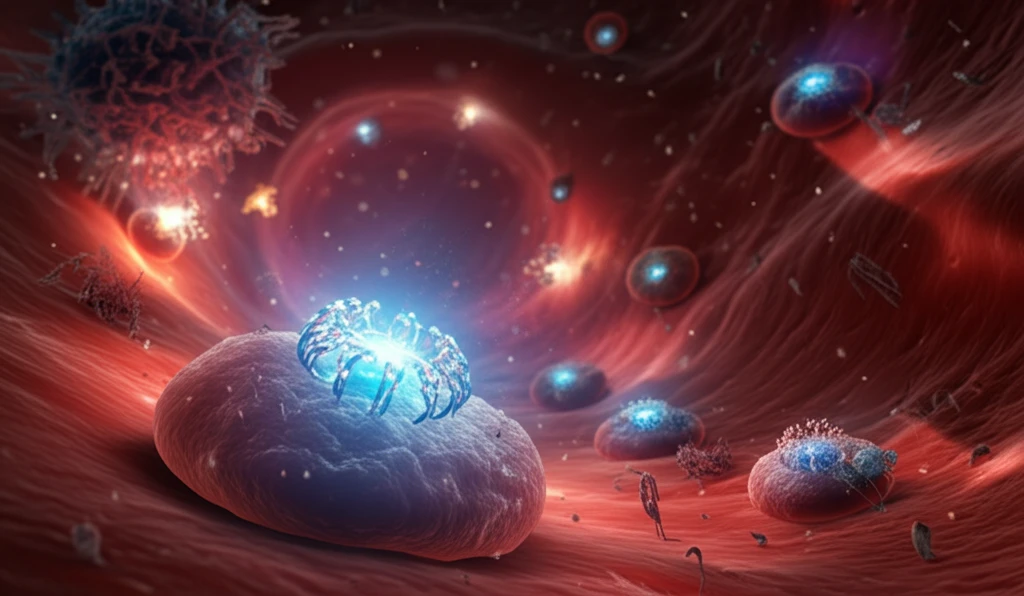
CAR T-Cell Therapy: A Temporary Boost?
"Exploring Why Some Cancer Patients Don't Achieve Long-Term Remission After CAR T-Cell Treatment."
Chimeric antigen receptor (CAR) T-cell therapy has revolutionized the treatment of certain blood cancers, offering hope to patients who have exhausted other options. This innovative approach involves modifying a patient's own T cells (a type of immune cell) to recognize and attack cancer cells. While CAR T-cell therapy has led to remarkable remissions in many cases, it's not always a guaranteed cure. Some patients experience only a temporary benefit, with their cancer eventually returning.
Understanding why CAR T-cell therapy fails in some individuals is a major focus of ongoing research. Scientists are working to identify factors that might predict treatment success or failure and to develop strategies to improve the durability of CAR T-cell responses. A recent case report published in the International Journal of Molecular Sciences offers valuable insights into the complex dynamics of immune cells following CAR T-cell therapy, suggesting potential avenues for future investigation.
This article explores the findings of this case report, focusing on the experiences of a patient with relapsed/refractory diffuse large B-cell lymphoma (DLBCL) who underwent CAR T-cell therapy. By examining the patient's immune cell responses and the expression of certain molecules, the researchers uncovered clues that may help explain why the therapy ultimately proved unsuccessful in this particular case.
A Closer Look at a Case of Transient Response

The case report details the treatment of a 68-year-old woman with DLBCL, a type of aggressive lymphoma. Despite undergoing multiple lines of chemotherapy and radiation, her cancer continued to relapse. As a last resort, she was enrolled in a clinical trial investigating tisagenlecleucel (anti-CD19) CAR T-cell therapy. Initially, the treatment appeared to be working. For two months after the CAR T-cell infusion, the patient experienced a dramatic regression of subcutaneous nodules, indicating that the CAR T-cells were effectively targeting and destroying the cancerous B cells.
- Oligoclonal T-cell Expansion: The patient experienced distinct waves of oligoclonal T-cell expansion, meaning that only a limited number of T-cell clones were proliferating.
- Checkpoint Molecule Expression: These T-cells showed dynamic expression of immune checkpoint molecules, such as Tim-3 and PD-1.
- Tim-3 and PD-1: Peak expressions of Tim-3 and PD-1 were observed on both CD8 T cells and CAR T cell subsets just one week prior to CAR T cell contraction.
Implications and Future Directions
This case report highlights the complexity of CAR T-cell therapy and the challenges of achieving durable remissions in all patients. The findings suggest that monitoring the expression of immune checkpoint molecules like Tim-3 and PD-1, and assessing the clonality of T-cell responses, could provide valuable insights into treatment outcomes. Future research should focus on strategies to overcome T-cell exhaustion and promote more robust and sustained CAR T-cell responses. This might involve combining CAR T-cell therapy with checkpoint inhibitors or other immunomodulatory agents. By gaining a deeper understanding of the factors that influence CAR T-cell efficacy, researchers can pave the way for more effective and personalized cancer treatments.
